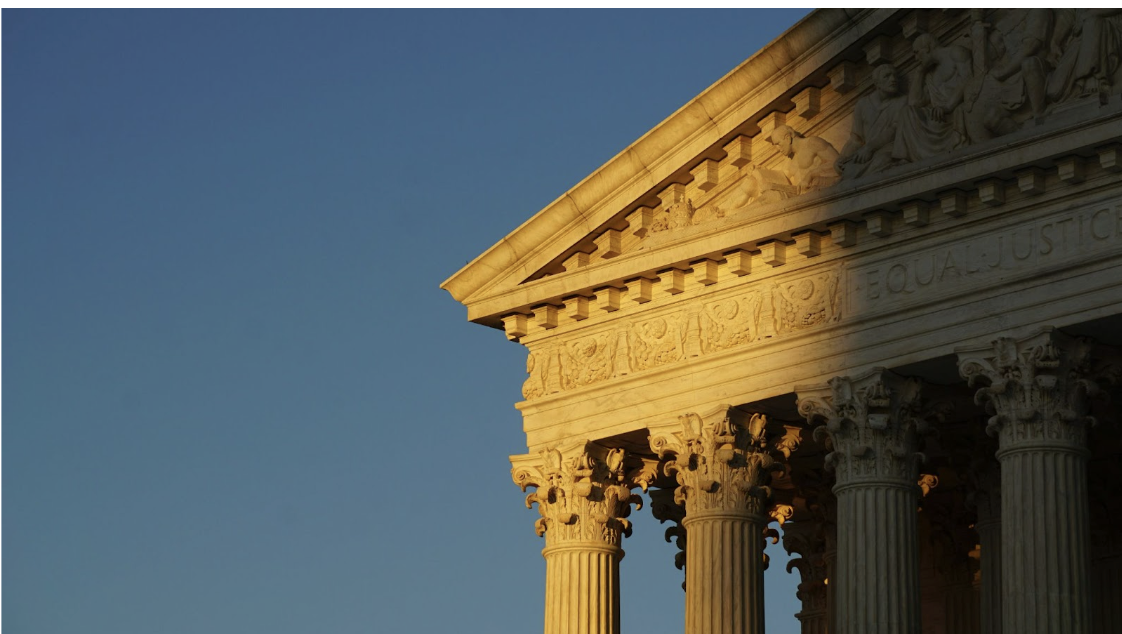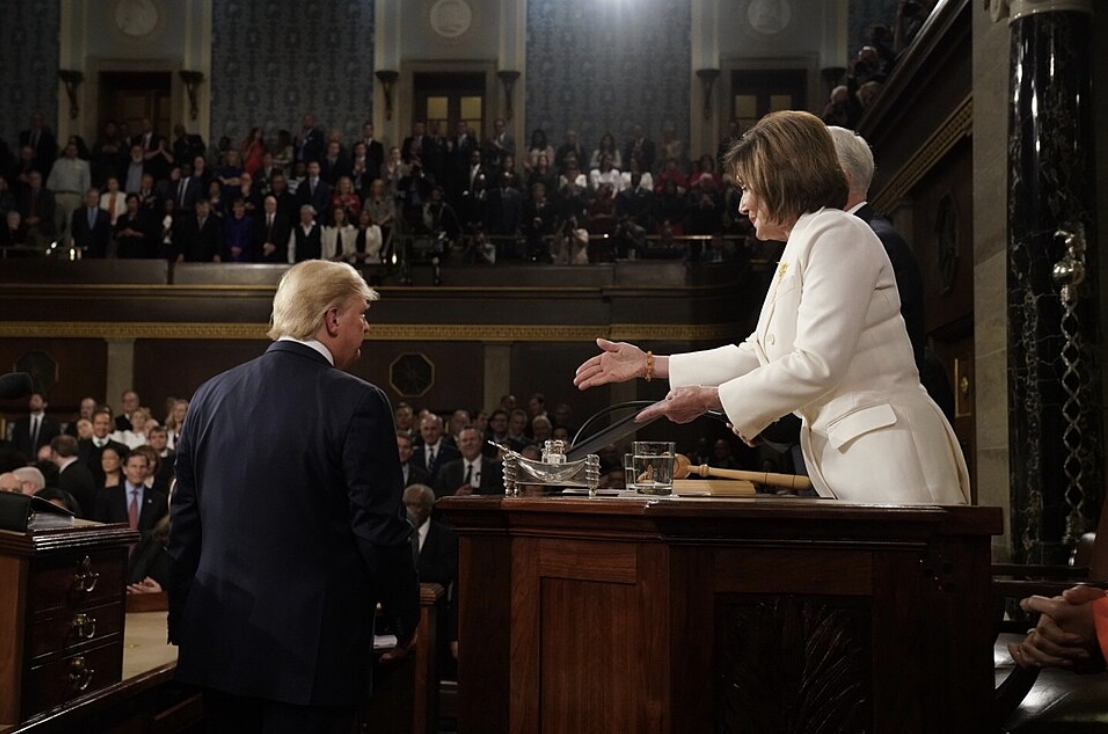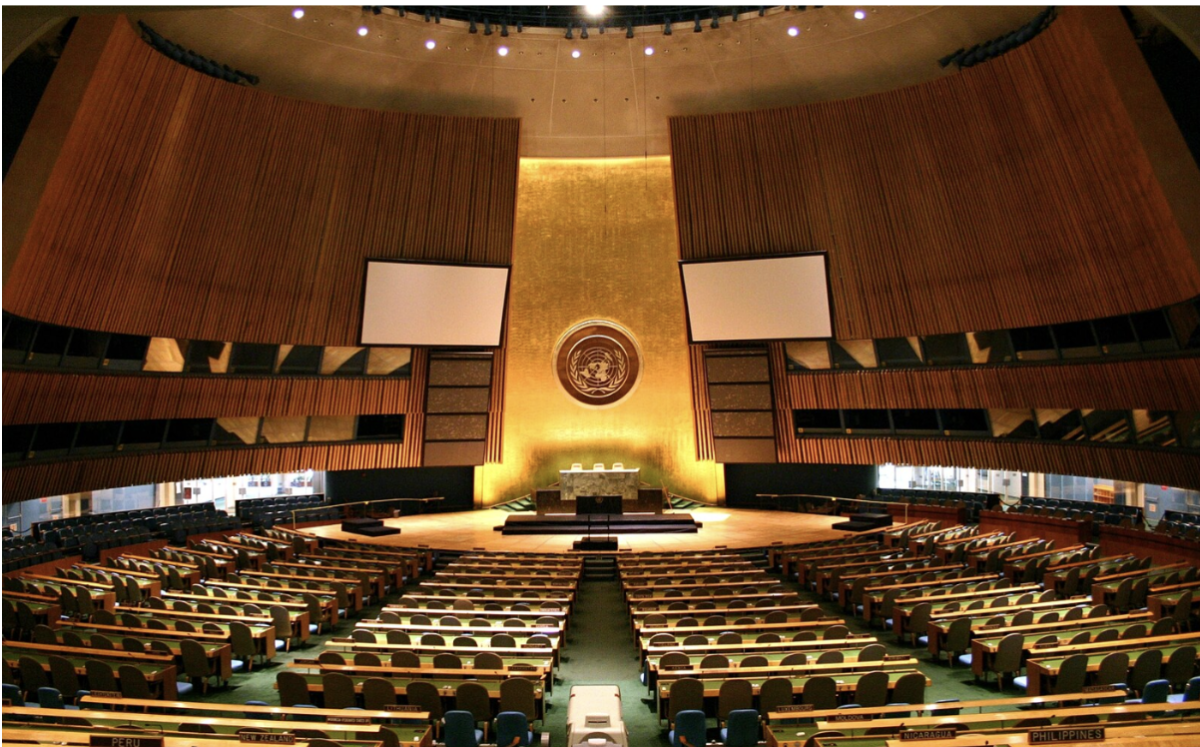Thanks to fierce backing by well-known progressives like Senator Bernie Sanders (D-VT) and Democratic congressional candidate Alexandria Ocasio-Cortez, debates over single-payer have dominated the American healthcare policy landscape in 2018. Considering the importance of the issue and its continuing rise in the political realm, it is important to know exactly what our representatives are talking about. This article, unlike the current healthcare system, has got you covered.
What is Single Payer?
In a sentence, single-payer health insurance is a system where a single organization pays for all or nearly all health care costs in a country. A single-payer system usually operates by covering the cost of all essential health care services, including emergency visits, treatments for injuries and diseases, and regular check-ups, amongst other things. Single-payer systems almost always provide universal coverage, ensuring that all people within a given nation’s health care system have access to healthcare.
Single-payer purely defines how overall health care costs are covered, which means that the government (or relevant public agency) pays the fees for all relevant services. As a result, the actual delivery of health care services can be handled by public or private sector entities. For example, in Canada, the government pays private providers for rendering services to citizens. Meanwhile, in the United Kingdom, the government runs hospitals, and health care professionals are public employees.
Single-payer systems are typically free at the point of use, meaning that people do not pay when they directly consume health care services. Instead, the government finances health care via taxes. Single-payer systems also typically define exactly what services they cover. Usually, countries with single-payer limit coverage to “essential” services, and then clearly define which services qualify as “essential” and which do not. As a result, some single-payer countries cover things such as dental care, drug coverage, and therapy, whereas others do not.
What System Does the United States Have?
America’s healthcare system is unique amongst developed economies, in that we are the only such country that does not have some form of universal health care coverage. Our system is primarily a multi-payer, insurance-based health care system, with a few key exceptions. First of all, we are a multi-payer system. This means that, in direct contrast to single-payer, individual private entities pay directly for healthcare services. Typically in the United States, private healthcare is either purchased directly by individual citizens or provided via employers.
Secondly, we have an insurance-based health care system, which means that people do not pay directly for services. Instead, citizens (or their employers) pay for monthly insurance plans in exchange for the insurance companies paying the full cost of emergency treatments.
Finally, large portions of our health care system are actually single-payer. Medicare and the Veterans Health Administration are the two primary examples of this, with the government covering the vast majority of costs for essential services for people in these programs. Medicare and the VHA are single-payer systems that do not provide universal coverage, with Medicare solely providing for those over the age of 65, and the VHA solely providing for veterans of the United States Armed Forces. Meanwhile, Medicaid, a government health insurance program for low-income individuals, is jointly operated between state governments and the federal government but is not a single-payer healthcare provider.
Why Choose Single-Payer? What Advantages Does It Offer?
The first major advantage of single-payer, in comparison to multi-payer, is the ease of achieving universal coverage. National health care systems that are single-payer are typically designed to allow all citizens to simply walk into a hospital or doctor’s office when they need to and get the service they require. Single-payer systems also reduce the administrative costs included in typical multi-payer systems.
Furthermore, in most multi-payer systems, low-income individuals often struggle to access quality care because of the massive upfront costs of various medical treatments. Meanwhile, single-payer systems are typically free at the point of use, which enables low-income individuals to access health care in a way they have historically been unable to in the United States. According to a health policy article published in 2003, “Single-payer systems usually have an advantage over multi-payer systems in the efficiency of collecting revenues, overall cost control, and the capacity to subsidize health care for low-income individuals.”
Another major advantage of single-payer healthcare is the ability to negotiate collectively, and thereby reduce the costs of various treatments and services. American healthcare spending is the highest in the world, both on a per-capita basis (just under $9,500 per person) and as a percentage of GDP (about 17%). In part, this is due to the complex nature of American health care, and the high level of administrative costs that exist in the US system. However, another large portion of these high costs come from the fact that medical treatment and prescription drug prices are higher in the US than just about anywhere else in the world. According to the Hussey and Anderson health policy article referenced earlier, “Single-payer insurance systems are able to take advantage of being the sole purchaser to obtain better prices and exert strict control over the products and services covered through the use of technology assessment and drug formularies.” The unique nature of being the sole consumer of a good allows them to set cheaper rates and lower overall health care costs. Earlier this year, a conservative think tank called the Mercatus Center released a paper indicating that Senator Bernie Sanders’ Medicare-for-All proposal would cost an estimated $32.6 trillion dollars over the next decade, which is actually about $2 trillion less than what our current healthcare system would cost over that same time period.
How Does Medicare-for-All Relate?
The plan for “Medicare-for-all” is relatively simple: expand Medicare into a single-payer health care program for all Americans, as opposed to just those over the age of 65. There would be a transition period, where patients on Medicare and Medicaid would remain in their services, while private citizens would be able to buy into the new programs. Eventually, the transition would end with Medicare being the primary health care provider for all Americans. Employer-provided insurance that competes with Medicare would be banned (importantly, supplementary medical care could still be covered by private insurance – there simply would be no insurance for those essential medical services that Medicare would cover). Medicare-for-All is a tremendously popular proposal in the United States. A poll in August 2018 found that 70% of Americans support the idea of Medicare-for-All. On balance, single-payer health care, and the specific idea of Medicare-for-All, is a simple and cheap way to easily provide universal health care coverage and cut aggregate health care costs.
Image Credit: https://unsplash.com/photos/0-SGyQFiDRI












